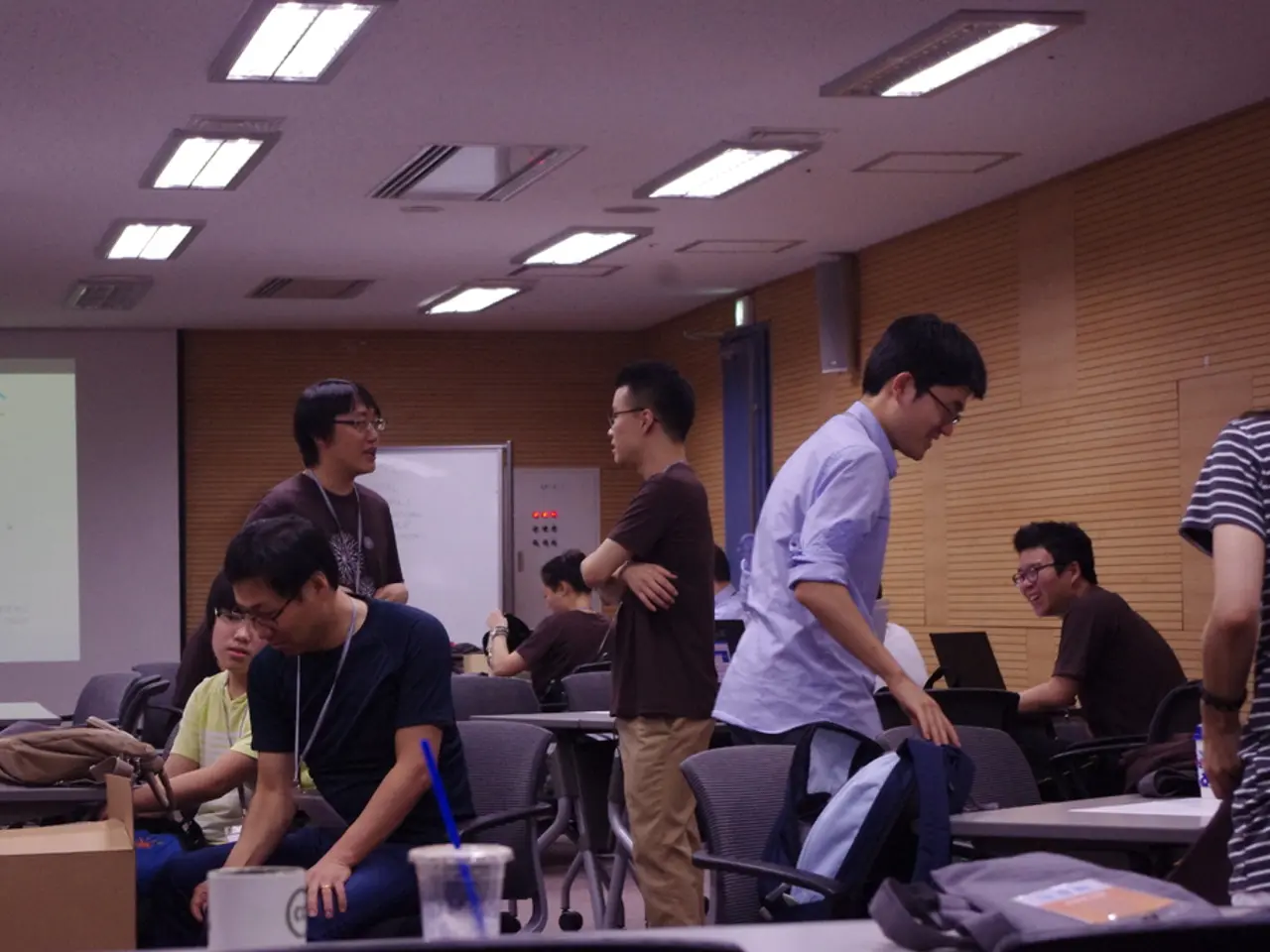Redefining the education landscape: Integrating technology into classroom learning
Tech-driven learning revolution is here, and it's gaining momentum fast! In the wake of school closures during the pandemic, tech became the vital lifeline that kept students connected and their learning going. From online classes to personalized apps, multi-media tools, and AI automation, a new educational landscape is emerging.
Teachers, equipped with resources from around the globe, can now improve their teaching and help students grasp concepts better. Interactive smartboards, animations, and films make learning more engaging for students, too.
But what's especially exciting is AI's potential to transform learning quality. By identifying students' weaknesses and customizing learning paths, AI systems can help learners conquer their challenges and deepen their understanding. As students practice, AI adapts, learning from each mistake to provide more targeted, effective feedback.
Going beyond classrooms, AI systems can extend learning opportunities anytime, anywhere, ensuring continuity at home. This is crucial for early learners, as the World Bank encourages bridging the gap between school and home learning. Whether reinforcing lessons or conducting experiments in a virtual environment, tech-assisted learning reinforces crucial concepts and helps kids flourish.
AI-powered learning offers a comprehensive, personalized approach, integrating students, teachers, schools, and educational institutions. In India, adopting a tech-centric approach will require localizing language content, keeping costs reasonable, and connecting with local bodies and schools. The goal is to close the gap between traditional teaching methods and the individualized, interactive learning experiences offered by technology.
References:
- Mehran, S., Schrauf, N., & Bostelmann, A. (2019). A conversation with AI enables students to meet the challenges of abstract algebra. VJTI Journal, 27(1), 17-31.
- Stoyanov, P. (2017). Adaptive intelligent tutoring systems design. In Artificial Intelligence: Structures and Strategies for Complex Problem Solving (pp. 47-70). Springer, Cham.
- Tapia, R., & Justice, L. K. (2011). Race, Gender, and Identity in Computing: A Review of the Literature. Journal of Research on Technology in Education, 43(4), 497-516.
- Clow, D. E., & Baack, D. (2015). Integrating Public Relations and Strategic Communication into Social Media. New York, NY: Taylor & Francis.
- Romero, J., & Ventura, F. (2007). Introduction to Computer-Supported Collaborative Learning. In C. Schmidt, & D. Roullier (Eds.), The Handbook of Research on Collaborative Learning Technologies (pp. 17-36). Information Science Reference, Hershey, PA.
- Artificial Intelligence (AI) systems, by customizing learning paths based on students' weaknesses, have the potential to revolutionize education-and-self-development, offering a more personalized approach to learning.
- Online learning, aided by AI, provides students with extended learning opportunities anytime, anywhere, ensuring continuity in education, especially during school closures like those seen during the pandemic.
- Technology, in the form of AI and online-education tools, is transforming the landscape of education, offering a comprehensive integration of teachers, students, schools, and educational institutions, making learning more engaging and effective.








